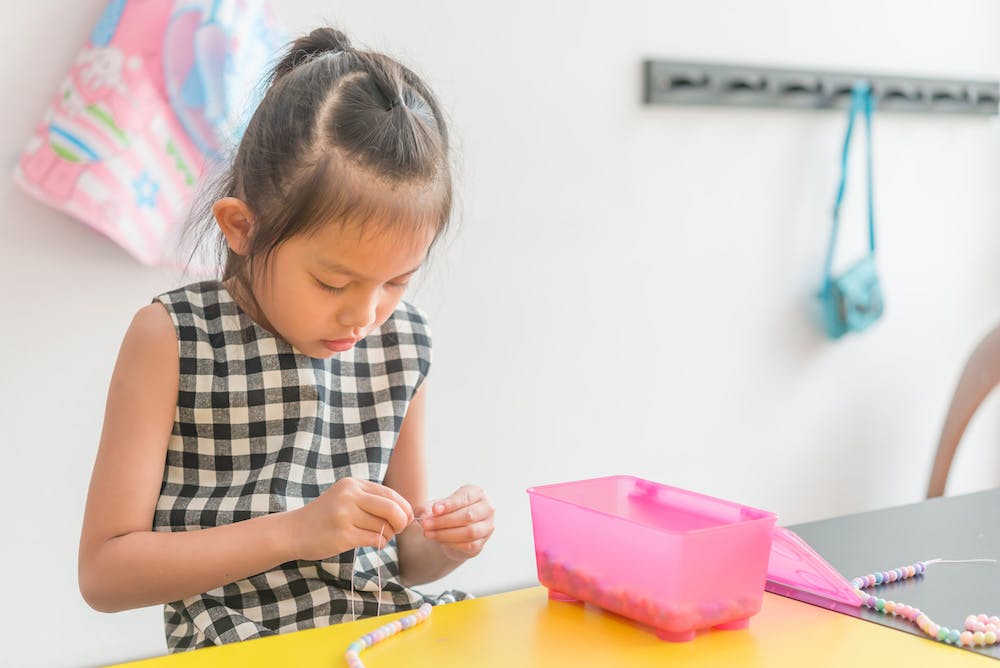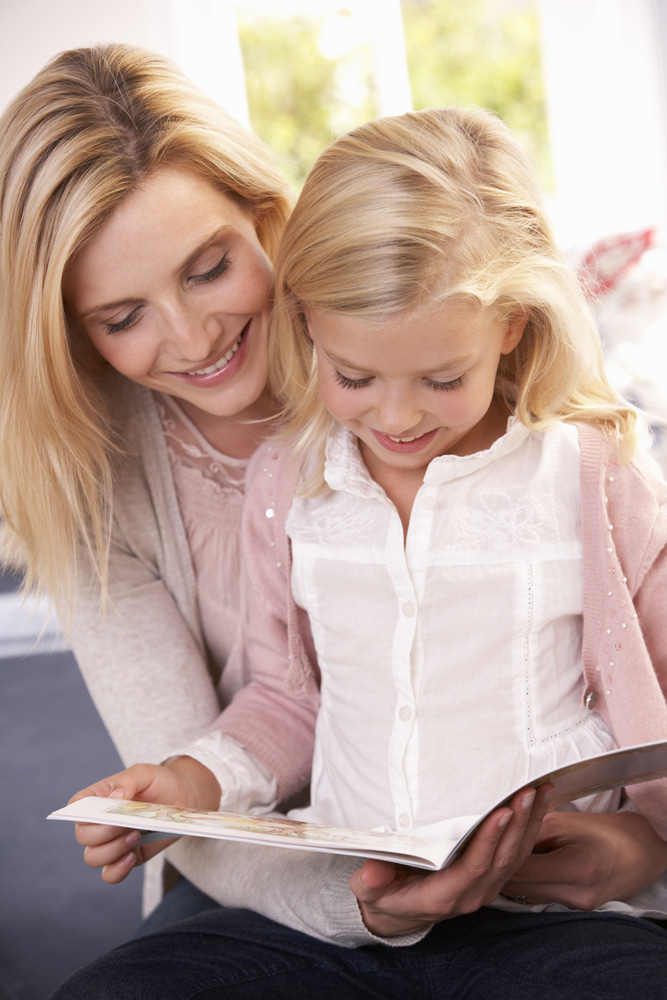
While we can’t take the sadness away, we can support children with ways to express their emotions

Our instinct is to protect our children whenever we can, but when it comes to bereavement, shielding them may not be possible. With 41,000 children bereaved each year in the UK, a staggering 92% of young people will experience a significant loss by the age of 16.
However, there are many things you can do to help your child to work through their emotions, understand what’s happened, and cope with their loss.
Create a memory box
Working together to create a memory box can be a great way to remember your loved one and keep treasured keepsakes from that person safe. Photos, gifts, ornaments, or mementos make good additions. For younger children, try including hand-drawn pictures, or write down their favourite memories of the person.
Read together
Books can help children explore and understand their emotions. By reading about loss and grief through characters, events, and situations in a safe environment, they may be more able to recognise their own feelings.
Working through a grief or bereavement activity book together can be an effective way to get children thinking, talking or drawing about what’s happened. Picture books explaining death can be a gentle way to initiate conversation with them about their feelings and understanding of the situation.

Encourage Journaling
Accepting that a loved one is not there anymore can be tough. Talking out loud about their loss can be hard. By encouraging journaling, children can write letters, poems, draw pictures, or make collages to put on paper what they may have trouble expressing verbally. For younger children, a bereavement activity book can provide a great, structured way to work through their thoughts and feelings.
Build a photo album
Children may worry that they’ll forget the person who’s died. Looking at photos can be a good way to talk about happy times. Decorating a frame, or creating an album together, can also give your child the time to open up, think and talk about happy memories of the person.
Make a bracelet
It can feel pretty lonely when someone close dies. Some children may feel like there isn’t anyone they can talk to, or worry about upsetting others by talking about their lost loved one. One simple, visual reminder of the people who are there for them is a friendship bracelet.
Get your child to list five or six people who care about them, and taking a different coloured piece of thread for each person, plait them together, and help your child tie it on. Now, whenever they feel low or unsure, they’ll have a visual reminder of the people they can talk to.
For more information, help and advice on grief and bereavement, visit Counselling Directory or enter your details in the search box below to find an accredited therapist near you.

